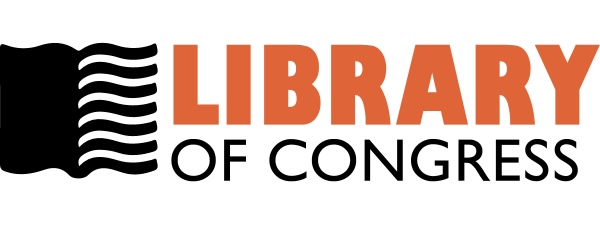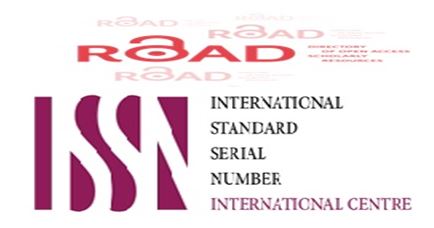Assessment of Arsenic poisoning among printing textile workers in Baghdad.
DOI:
https://doi.org/10.32007/jfacmedbagdad.59398Keywords:
arsenic, textile printing workers, flameless chromatography, ROC curve.Abstract
Background: Workers of textile industry are mainly exposed to a variety of toxic dyes, bleaching agents, salts, acids, alkalis and heavy metals like arsenic through evaporation and inhale by workers or direct skin contact during the textile mordant process and possibly health effect through the printing process
Objectives : to assess the health effects of mild to moderate long term exposure to Arsenic trioxide on textile printing workers and to evaluate and compare the clinical utility of blood and urine arsenic for predicting arsenic poisoning.
Methods: In this historic cohort study, measurement of serum and urine levels of arsenic of 65exposed workers and 63non exposed workers was carried out during march 2014 through march 2015 All of the studies cases were worked in a cotton textile factories and considered as target population for detection of any possible industrial chronic arsenic exposure associated sign and symptoms . The non-exposed workers were randomly selected from office personnel of the same factories. Clinical examination, signs and symptoms and a questionnaire method used for analysis in both groups.
Results: both groups have a similar age structure. Statistical difference was present between the serum arsenic and arsenic in urine mean values for both the exposed and non-exposed groups. The prevalence ratio for the exposure was higher than one for arsenic in urine. The best cut-off values of arsenic in urine to diagnosis arsenic poisoning based on Receiver operating characteristic curve analysis( ROC) was >90 μg/L and the areas under the curve equal to 0.98 was determined for the prediction early chronic arsenic poisoning.
Conclusion: measurement of arsenic in urine in early stage was useful to detect mild to moderate health effects based on Receiver operating characteristic curve analysis (ROC) among textile printing workers exposed to arsenic.
Downloads
Downloads
Published
Issue
Section
License
For all articles published in Journal of the Faculty of Medicine Baghdad, copyright is retained by the authors. Articles are licensed under an open access Creative Commons CC BY NC 4.0 license, meaning that anyone may download and read the paper for free. In addition, the article may be reused and quoted provided that the original published version is cited. These conditions allow for maximum use and exposure of the work, while ensuring that the authors receive proper rights.




















 Creative Commons Attribution 4.0 International license..
Creative Commons Attribution 4.0 International license..


